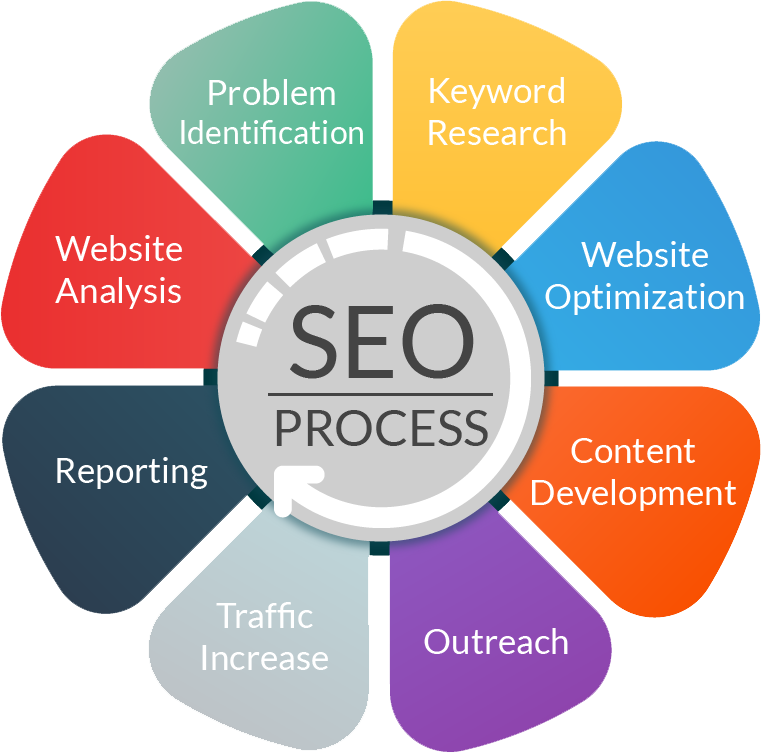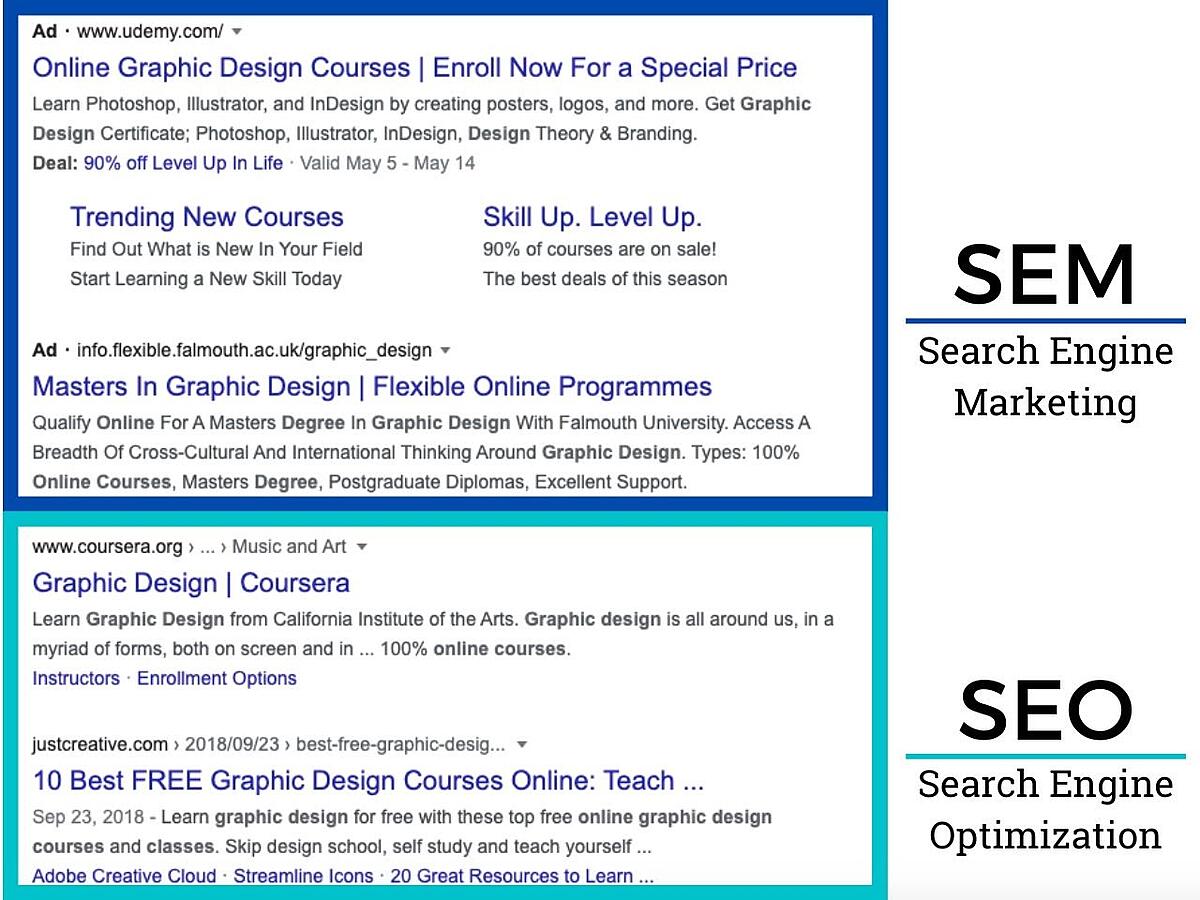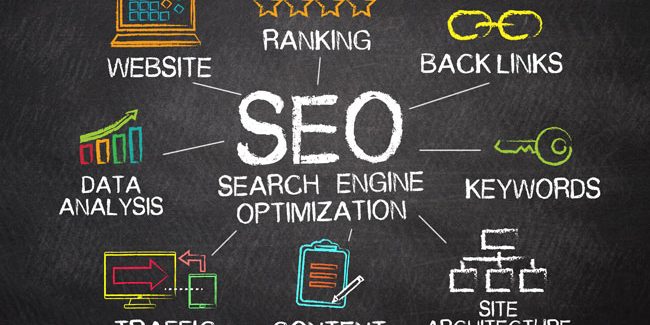What is SEO?, Why is it important? Who uses SEO?
SEO is an essential marketing technique that is focused on bringing organic, non-paid traffic to your website by using high quality content to get to the top of a search engine results page.
Reaping the benefits of your SEO labor may be a bit of a slow process at first, but once you’ve managed to achieve some results, your success will build upon itself.
In this article we’ll give an in depth explanation of everything you need to know about SEO, from what it is, to how it works and the major pillars of SEO. Let’s get started!

What is SEO?
SEO stands for Search Engine Optimization and is a marketing technique focused on optimizing your website to get it to rank as the number one result on search engine results pages. Through a number of tactics and tools, you can organize your website in a way that search engines understand and choose to show to their users.
Think of SEO as both an art and a science. It combines the creativity and ability to create high-quality, engaging content that users value, with a strong understanding of analytics and of your prospective customers.
It’s important to remember that SEO is only focused on organic ranking. You can not pay to rank higher with SEO. The only way to rank higher on SEO is to ensure you’re satisfying the search engine’s requirements.
What are the benefits of SEO?
A strong SEO strategy can bring a number of different benefits to your business’s online presence and to your marketing strategy overall. These benefits can include the following:
- Increased visibility and traffic to your website: The higher your website pages rank on Google, the more traffic you’ll get.
- Improved website quality: As its full name implies, there are a number ways you must optimize your website to get it to meet Google’s high standards. By doing this, you’ll improve your website in the process.
- Build consumer trust: Search engine users naturally trust websites that ranked at the top as there is a sense that Google has “vetted” the pages that appear.
- Establish your brand as an authority in your field: SEO involves a lot content creation, like blog writing. Naturally, the more your write about a topic, the more people will turn to you as a valued source of information (but only if the content is high-quality, you can’t cheat with SEO.)
- Long-term technique: SEO may be a bit of a slower, long-term marketing strategy but, once gets going, it only grows. SEO is a long-term strategy that builds upon itself overtime and becomes more effective.


Types of SEO
There are actually many different kinds of SEO. However, in terms of SEO activities, the two main types are on-page SEO and off-page SEO.
On-page SEO refers to actions that you conduct on your own website to contribute to its ranking. This include content creation, the use of keywords, the proper use of headings, meta descriptions, and URLs.
Off-page SEO refers to actions that you can take outside of your own website to boost its ranking, like link building or guest blogging.
There are also two styles of SEO: White Hat and Black Hat SEO. White hat SEO is based on using ethical, transparent techniques to build your pages’ rankings. Essentially white hat SEO is following and respecting Google and other search engine’s rules regarding website and position optimization.
On the other hand, black hat SEO uses questionable techniques to trick the search engines into quickly raising your site’s ranking. While Black Hat SEO may work in the short-term, it does more damage to your website over time and search engines will penalize you for it.
Understanding SEO
Before we really dive deep into what SEO is and how it works, it’s important to first understand how search engines work and how they determine what to rank. Here are some key stats from SEM Rush:
- “In English, worldwide, 88% of searches on desktop are on Google. On mobile, that figure is a whopping 96%. Bing and Yahoo combined account for 1.5% of searches on mobile and 8% of searches on desktop.”
This means ranking on the other search engines can be important, but Google will always be the main focus.
So, how does Google decide what to rank and how? When Google detects new content, it does 3 important things crawl, index, and rank. Let’s review what this means.
Crawling
Crawling refers to when Google’s “spider” analyzes your page to assess what your content offers. Spiders are especially drawn to new content, which is why it’s important to consistently be updating your website and blog.
Links are crucial for crawling because it is how the spider arrives at your webpage. It navigates your website using your internal linking structure. This is why you always want to link to other articles in your blog content and why pillar pages are so important. You can also submit your sitemap to Google to get it crawled.
Indexing
After Google has crawled your website, it will Index it. Indexing is Google’s way of understanding and organizing a webpage. It stores information about the content, images, videos, keywords, etc. It will use all of this information to determine how to rank your web page in its search results.
Ranking
After crawling (analyzing) and indexing (storing info) your website, Google uses this info to rank your website when someone makes a search.
It also takes in other ranking factors like location, language, device, load times, site trustworthiness, content, keywords, etc. No one knows exactly how Google decides to rank their results, but there are over a 100 different factors being considered.
The most important thing we know is that Google is looking to rank based on the user’s search intent. This means that while keywords are important, matching the intent of a user’s search is more important than using a certain keyword x amount of times.




